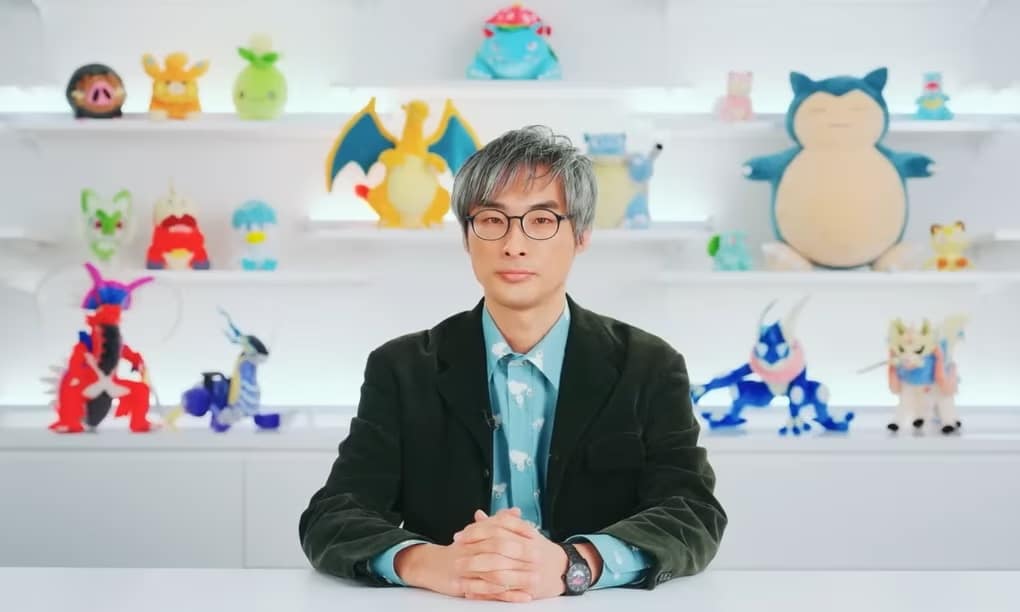
Summary:
We delve into the enduring success of the Pokemon franchise as it celebrates its 27th anniversary. We explore Takato Utsunomiya’s vision for the brand, his dedication to engaging with younger audiences, and how the franchise responds to criticism, especially in light of Pokemon Scarlet And Violet. Discover the strategies that ensure Pokemon’s long-term survival and its commitment to evolving for generations to come.
27 Years of Success and Challenges
The Pokemon franchise, a global phenomenon, recently marked its 27th anniversary. Despite its ups and downs, it remains one of the most beloved and enduring brands worldwide. The recent interview with Takato Utsunomiya, the Chief Operating Officer (COO) of the Pokemon Company, sheds light on their plans to steer Pokemon towards a future that spans centuries.
The Pokemon Franchise’s Enduring Success
Looking back over the past decades, it’s evident that the Pokemon franchise has achieved remarkable longevity. This enduring success can be attributed to several key factors. Firstly, the franchise’s ability to adapt and expand its universe has kept fans of all ages engaged. From video games and trading cards to animated series and merchandise, Pokemon offers something for everyone. Secondly, its captivating creatures and ever-evolving gameplay have consistently attracted new generations of fans.
Takato Utsunomiya’s Vision for Pokemon
Takato Utsunomiya, as the COO of the Pokemon Company, plays a pivotal role in shaping the brand’s future. He acknowledges that their goal is to keep Pokemon thriving long after their lifetimes. Utsunomiya’s focus isn’t solely on the adult audience with disposable income. He recognizes the importance of connecting with younger fans, who have discerning tastes and will quickly dismiss the franchise if it feels outdated or unexciting.
Engaging the Younger Audience
To achieve their goal of ensuring Pokemon’s survival for centuries, engaging with the younger audience is paramount. Utsunomiya’s words highlight the honesty of kids – they won’t hesitate to abandon something they find old or boring. Pokemon aims to remain relevant and captivating to this younger demographic, continuously evolving its content and experiences.
Despite being a massive commercial success, the latest Pokemon entries, Pokemon Scarlet And Violet, received mixed reviews due to technical and graphical issues. Utsunomiya addresses this, emphasizing that they pay very close attention to feedback. While they can’t always align 100% with fan expectations, their overarching goal is clear: to keep Pokemon thriving for a very long time. This commitment extends to addressing concerns and improving the franchise.
Pokemon’s Long-Term Survival Strategy
So, what’s the strategy to ensure Pokemon’s longevity? It involves a delicate balance between maintaining commercial success and meeting the expectations of the dedicated fanbase. The Pokemon Company aims to continue evolving the franchise, both in terms of content and technology, while staying true to its core values. This approach ensures that Pokemon remains appealing and relevant to fans of all ages for generations to come.
Conclusion
In conclusion, the Pokemon franchise’s 27th anniversary marks not just a milestone but a testament to its remarkable journey. Takato Utsunomiya’s vision and the commitment of the Pokemon Company promise a future where Pokemon remains a beloved part of our lives. By adapting to the ever-changing preferences of its fanbase and addressing challenges head-on, Pokemon is on course to thrive for generations to come.
FAQs
- 1. How did Pokemon manage to remain popular for 27 years?
- Pokemon’s adaptability, diverse offerings, and captivating creatures have contributed to its enduring success.
- 2. What is Takato Utsunomiya’s role in the Pokemon Company?
- Takato Utsunomiya serves as the Chief Operating Officer (COO) of the Pokemon Company, where he plays a crucial role in shaping the franchise’s future.
- 3. Why is engaging with the younger audience important for Pokemon’s future?
- Younger audiences have discerning tastes, and Pokemon recognizes that staying relevant to them is key to its long-term survival.
- 4. How does Pokemon respond to criticism, especially regarding technical issues?
- Pokemon pays close attention to feedback and strives to address concerns, aiming to improve the franchise’s quality over time.
- 5. What is Pokemon’s strategy for ensuring its long-term survival?
- Pokemon’s strategy involves a delicate balance between commercial success and meeting fan expectations, with a focus on continuous evolution while staying true to its core values.













